Affiliate links on Android Authority may earn us a commission. Learn more.
Do you know how terrible the early smartphone era was?
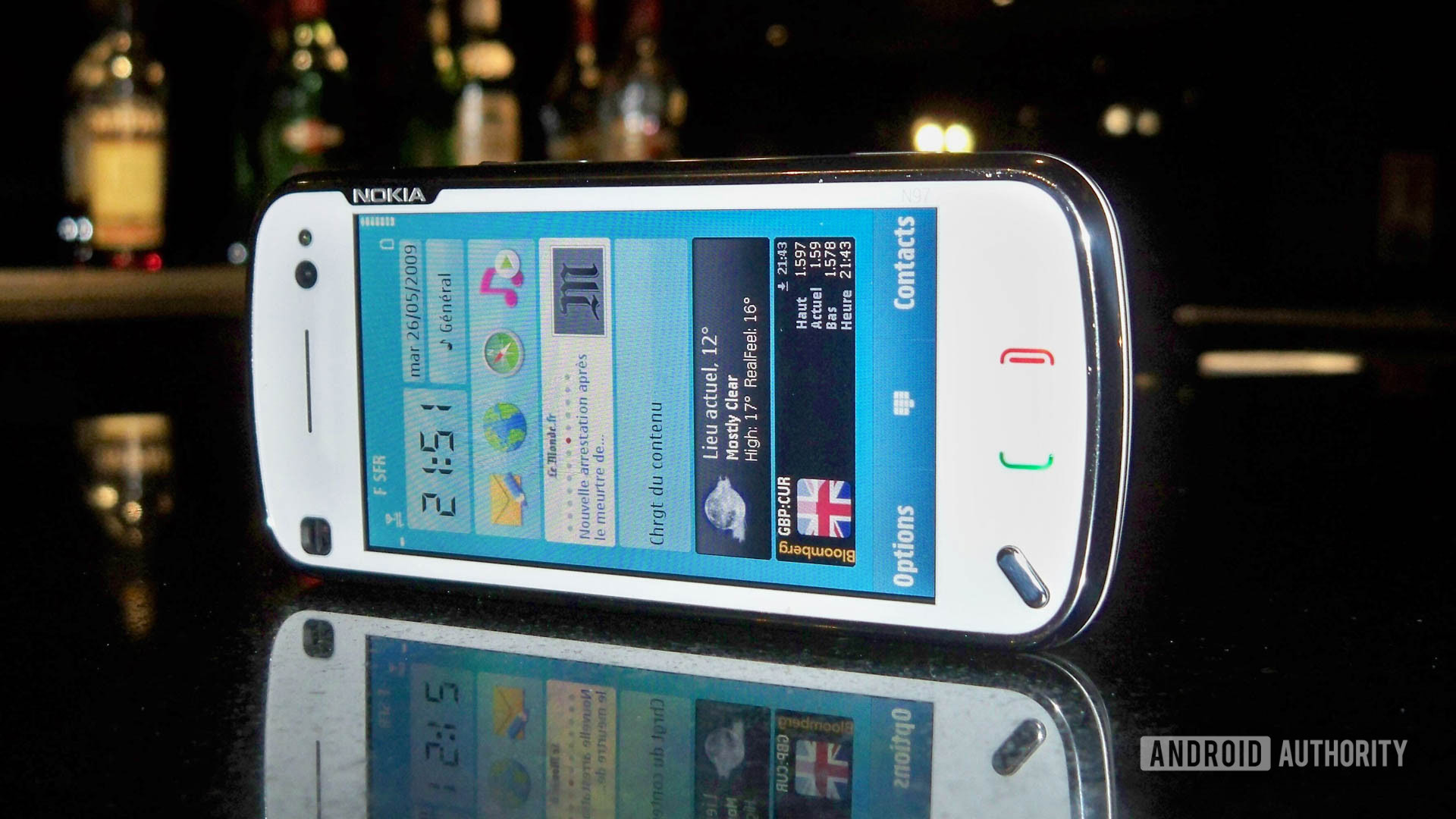
In the grand scheme of things, we really are spoiled by today’s Android phones. Modern devices pack a host of cool features when you really think about it. Even affordable mid-range phones offer high-quality touchscreens, fast charging speeds, big batteries, speedy connectivity, and capable processors that can handle virtually everything you can throw at them.
It’s only when you look back at the early to mid-2000s smartphone era that you really appreciate how great today’s smartphones are. As someone who owned a couple of feature phones and several early Symbian smartphones, let me tell you all about the features I missed that many of us now take for granted.
Setting up your new phone was a chore
My troubles with early Java-based feature phones and Symbian smartphones typically began as soon as I brought the devices home and started setting them up.
For starters, these handsets usually lacked cloud storage services of any kind. That meant no syncing photos and videos, contacts, or text messages from the cloud. There were solutions, though, such as plugging your phones into a PC and installing the manufacturer’s transfer tool, but good luck moving between brands. You also needed to copy your contacts to and from your SIM card. Thankfully, some of these phones supported memory cards, making photo/video transfers a cinch. But generally speaking, device transfers were anything but seamless.
The easiest thing about setting up an early smartphone or feature phone was inserting the SIM card. How times change.
Did you need to charge your phone during the setup process? Then you had a charger in the box, but another annoyance was the fact that these were typically OEM-specific chargers. Nokia offered chargers with a round pin, while the likes of Sony-Ericsson offered weird, dual-pronged chargers. Ew. These proprietary connections often doubled as data ports for connecting to a PC. So you were out of luck if you lost the cable.
Once you transferred your favorite music tracks to your phone, you’d encounter the next issue. Some early smartphones and feature phones opted for a proprietary headphone port too. No doubt so they could squeeze even more money out of you with accessories.
Customization? You mean buying a ringtone, right?
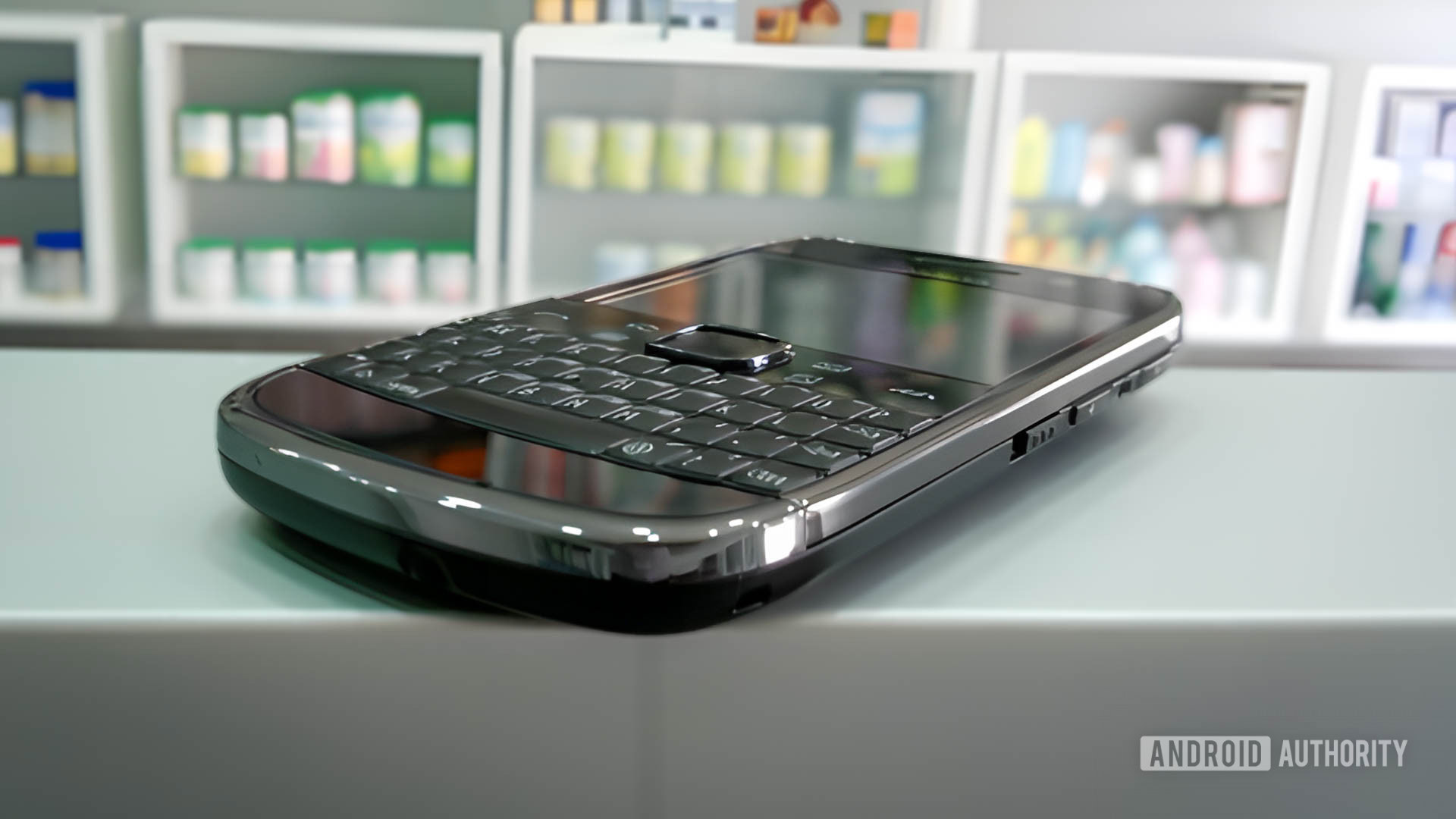
We’re truly spoiled by personalization options on modern phones. Users can tweak everything from the wallpapers and ringtones to theme colors and animation effects.
By comparison, my old feature phones and early Symbian smartphones offered limited tweaks. You could set the wallpaper on most of these devices and even swap out covers. Some phones also offered built-in lights that flashed along to your ringtone or for other uses — Nothing’s Glyphs aren’t entirely new.
But ringtone tweaks could be a hassle on these early phones. In fact, this was the era of paid ringtones, where many people opted to buy 30-second MIDI ringtones of popular songs. It was simply the more accessible solution compared to sifting through shady websites. If you even had mobile data, to begin with. I’m only mildly ashamed to admit I bought a few polyphonic ringtones back in the day, such as Avril Lavigne’s Sk8er Boi and 50 Cent’s 21 Questions.
Connectivity: When EDGE was king
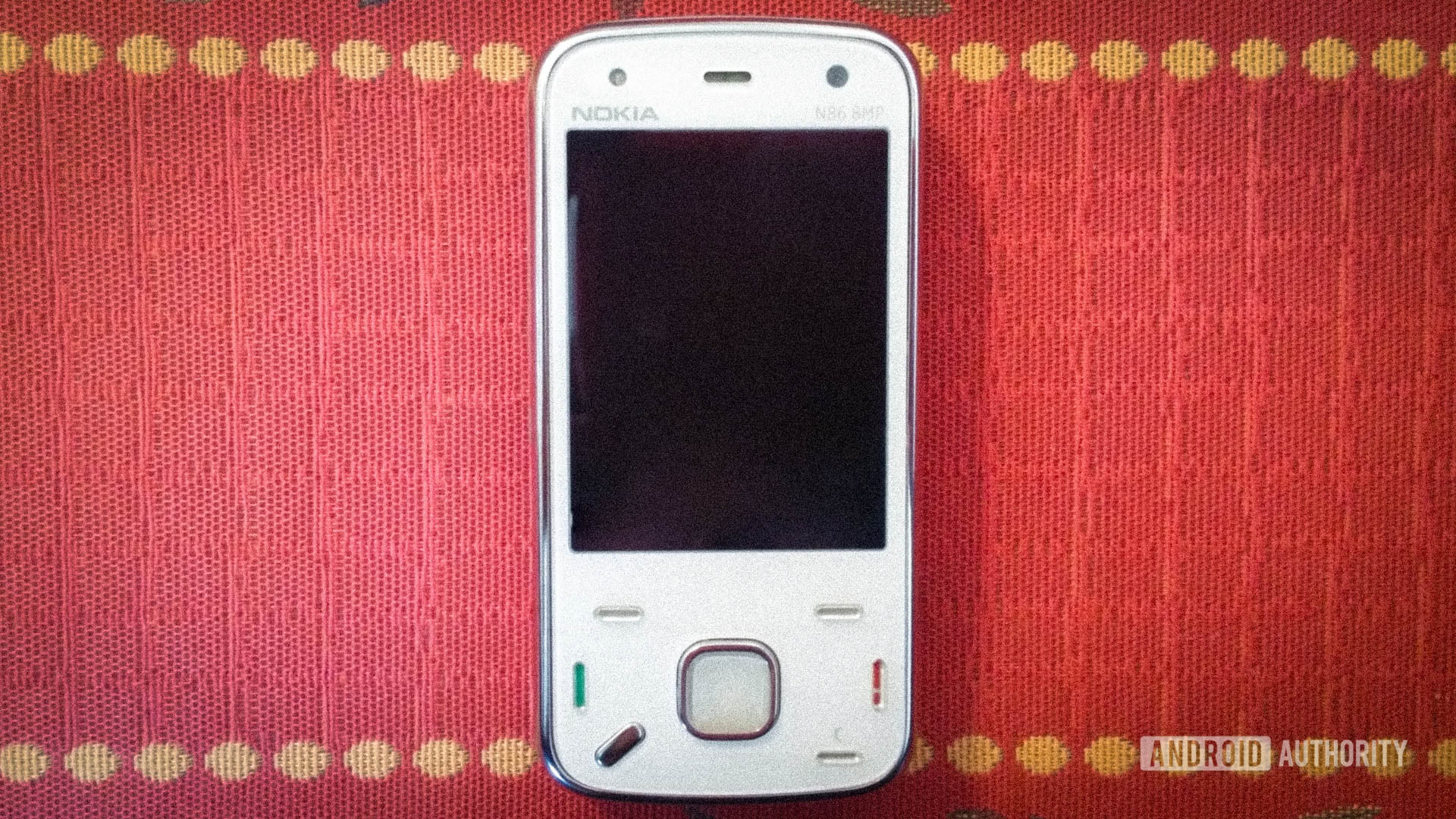
Perhaps my biggest pet peeve about old feature phones and Symbian-era smartphones was the horrible web browsing experience. This was back in the day when mobile phones only had access to WAP sites rather than the full web. WAP sites were websites specifically built for the mobile internet. Responsive websites that dynamically adapted to desktop or mobile weren’t really a thing back in the early to mid-2000s.
Slow mobile data speeds compounded this browsing experience at the time, as you were stuck with 2G, EDGE, or basic 3G (if you were lucky). This is where the Opera Mini browser was a life-saver, dramatically speeding up page loading speeds and saving mobile data in the process. Opera’s app also did a great job of formatting desktop sites for mobile viewing.
You were considered fortunate if your early feature phone or smartphone had 3G. But actually browsing the web was a painful experience.
Oh yeah, Wi-Fi wasn’t guaranteed on feature phones and early smartphones during this era, either. But even the few phones that packed Wi-Fi in the mid 2000s had limitations. For example, Nokia phones with Wi-Fi at the time forced you to manually switch between mobile and Wi-Fi connections. And you thought your Pixel 6 was an abomination for taking a minute to switch from mobile to Wi-Fi?
Poor connectivity wasn’t restricted to cellular and Wi-Fi connections, either. Feature phones and smartphones of this era also had poor local connectivity options.
Today’s phones pack Quick Share, AirDrop, OEM-specific sharing solutions, email, instant messaging apps, cloud sharing, and more. But phones in the early to mid-2000s had to rely on Bluetooth at best. Bluetooth wasn’t widespread during this time, though, so the next best option was infrared. Yep, like your TV remote. And I really detested that this was the only option on my Sony Ericsson K500i.
Infrared required you to place your phone next to another phone, with the two IR blasters being directly opposite each other and the devices remaining perfectly still. Ah, the memories of spending most of my school break waiting for a file to be shared.
I wasn’t fortunate enough to have a fixed-line internet connection at home during high school, so I usually went to an internet cafe. But I also splashed out on an infrared dongle for my PC, allowing me to tether my phone to the PC via infrared so I could browse the web at dial-up speeds (~56Kbps). I downloaded a ton of Wikipedia pages and GameFAQs walkthroughs. Yep, it only made fiscal sense to download these pages for offline viewing rather than waste my meager prepaid mobile data. Now, you can download any page from Wikipedia onto your phone at will.
Communication: A time before WhatsApp
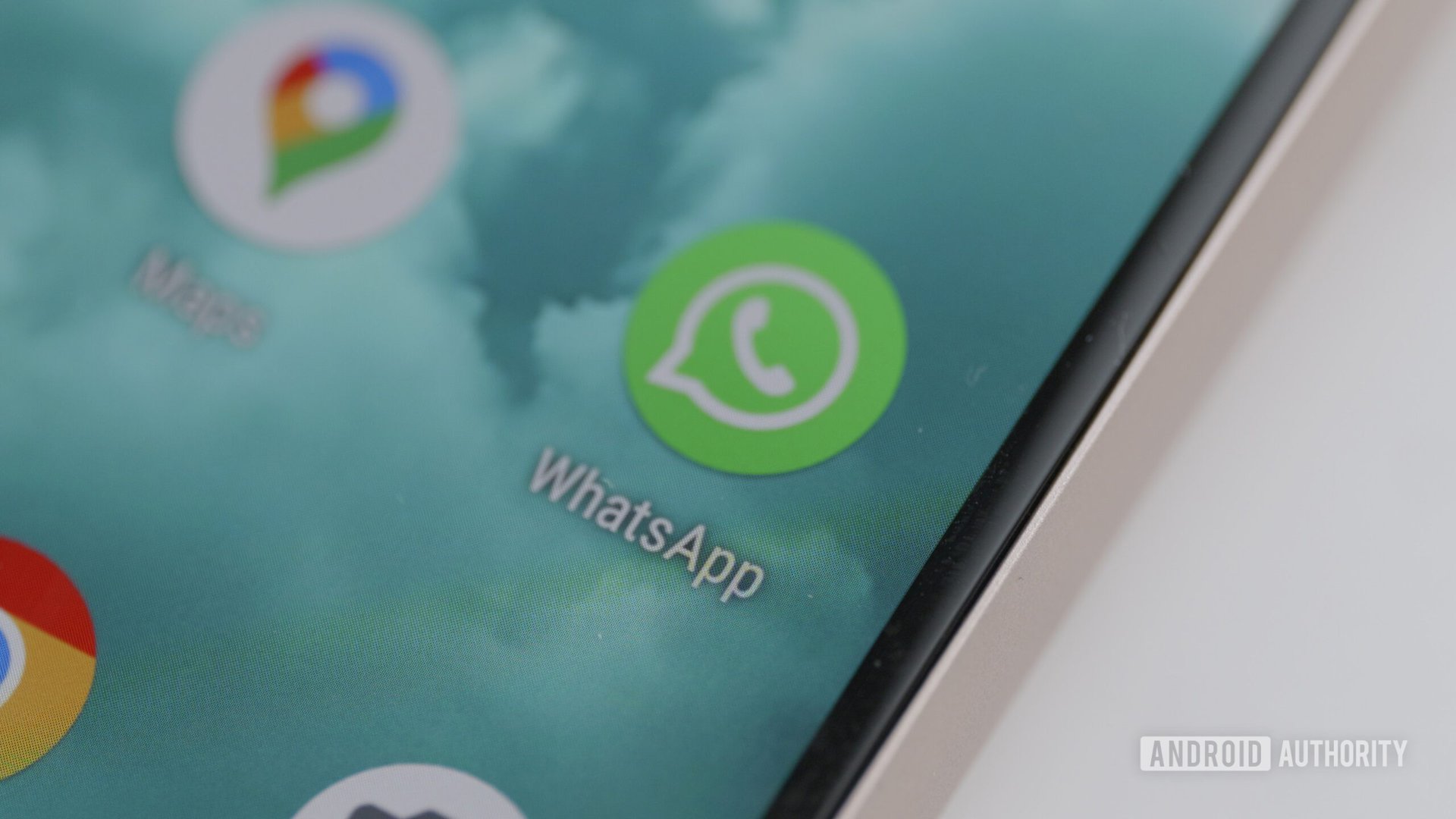
We have an embarrassment of riches to communicate today. Want an audio or video call? Then there’s WhatsApp, Telegram, Zoom, Skype, Messenger, Google Meet, and X. Oh yeah, you can make a traditional phone call too. And many of these platforms, along with others, support instant messaging too.
Phone calls back in the early smartphone days worked okay, although coverage issues and the lack of HD Voice made for ho-hum call quality or outright dropped calls. We didn’t even have Wi-Fi on many phones back then, let alone Wi-Fi calling, so you were out of luck if you didn’t have mobile network coverage.
Text messaging was one of the most popular ways to communicate owing to the cheap cost. In saying so, there were some data-based instant messaging apps on feature phones and early smartphones.
Between 3G (if you're lucky), text messages, and a limited number of IM apps, we didn't have many ways to communicate back in the day.
Millennials in South Africa flocked to the long-shuttered Mxit app in the 2000s, which was available on Symbian phones, early BlackBerry phones, and even basic Java phones. I was no exception, and it was hard to find a classmate who didn’t have Mxit if their phone supported the app. Unlimited SMS plans simply weren’t an option for most people here.
Mxit didn’t quite gain steam elsewhere, though. Instead, IM apps like Windows Live Messenger and IM Plus gained traction in other markets.
Even setting up email on your phone wasn’t typically an easy affair. You often had to deal with iMAP or Pop3 configurations rather than just typing in a username and password. Colleague Rita El-Khoury has fond memories of using a Gmail Java app on her phone.
This was also the era when carriers were pushing video calls hard. It seems ludicrous now, but networks thought 3G was perfect for video calls in the early to mid-2000s. Phone manufacturers also catered to this feature with front-facing cameras; my 2007-era Nokia N70 packed a VGA-quality camera. Indeed, front cameras weren’t primarily meant for selfies back then.
What’s an app store?
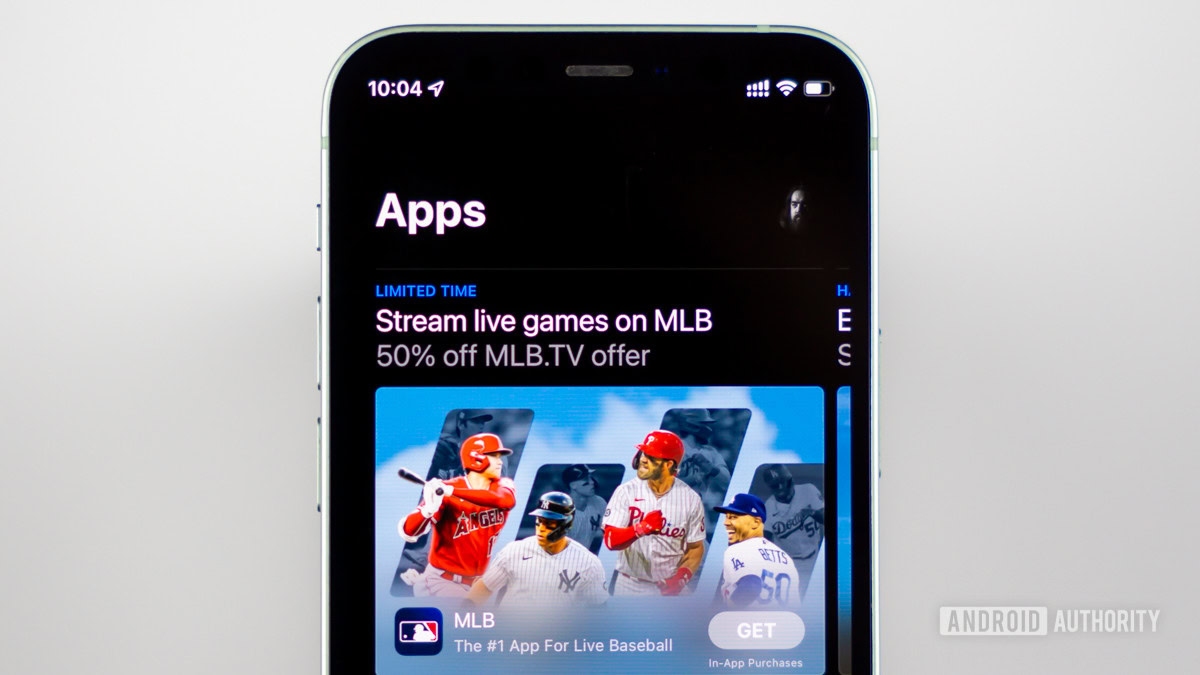
Say what you want about iPhones, but they popularized the idea of a centralized and well-maintained app store. Prior to Android and iOS? Things were pretty rough, to put it mildly.
Owners of feature phones and early Symbian smartphones often had to make use of third-party app stores (shoutout to Getjar), region-specific app stores (e.g. Nokia Americas Software Market), or shady websites to download apps. Making matters worse was the fact that these early mobile platforms were a jumbled mess of versions, meaning that fragmentation, and therefore app incompatibility, was a serious problem.
What do you think of early smartphones?
Oddly enough, Nokia had the chance to do the App Store while the iPhone was still a glimmer in Apple’s eye. The Finnish company launched Club Nokia in the late 1990s as a customer service portal, but it eventually evolved to offer wallpapers, ringtones, and more. Nokia eventually scaled back the platform’s ambitions, with suggestions that this was due to pressure from cellular networks. After all, mobile content was a big business for carriers at the time.
With a few exceptions, the early smartphone era sucked
As bad as the smartphone’s formative years were, there’s no denying that there were some positives to this era.
The industry embraced memory cards in a big way during this time, and I really wish more modern phone brands would make storage expansion a key tenet in 2024. Manufacturers also didn’t seem to be afraid of deviating from the conventional candybar design as evidenced by phones like the Nokia 3650, Sony Ericsson P900, Nokia 7280, and the horde of slider and flip phones. In fact, you could argue that foldable phones are the sole source of truly differentiated designs today.
Still, it’s important to take off the rose-tinted shades when looking at early smartphones in general. Because anyone who tells you that things were better back then needs to go back and use one of these phones for a day.